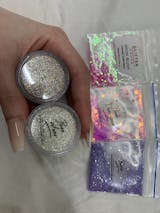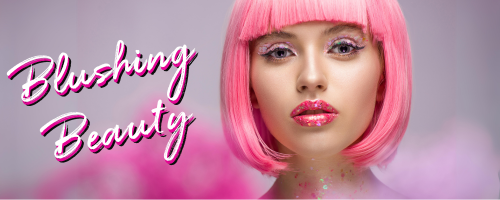
Blushing Beauty: Exploring the Enchantment of Pink Glitter
Welcome to a delicate traipse through the enchanting world of

On our mesmerising journey, we will uncover the
science, symbolism, and sheer beauty of this beloved hue.
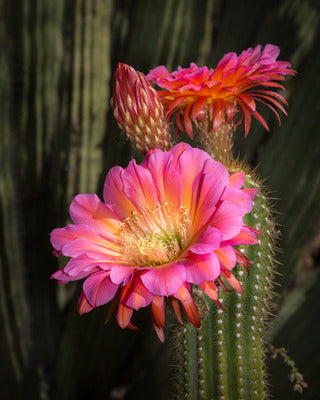
In the kaleidoscope of colours, pink stands out as a hue of charm, grace, and femininity. Scientifically, pink is a pale shade of red, created by mixing red with varying ratios of white. It sits on the colour spectrum between red and violet, with wavelengths ranging from approximately 380 to 450 nanometres.
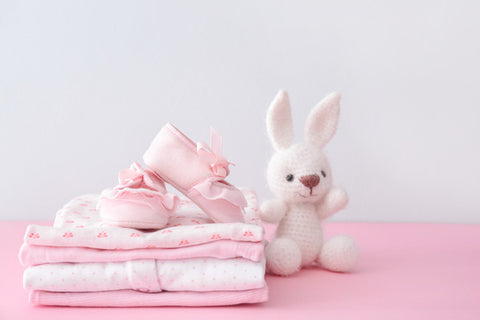 Traditionally, pink has been used to symbolize love, compassion, and nurturing, evoking a range of emotions and associations, from sweetness and innocence to romance and femininity. Its soft, soothing hue creates a sense of warmth and comfort, making it a popular choice for nurseries, bedrooms, and spaces designed for relaxation and tranquility.
Traditionally, pink has been used to symbolize love, compassion, and nurturing, evoking a range of emotions and associations, from sweetness and innocence to romance and femininity. Its soft, soothing hue creates a sense of warmth and comfort, making it a popular choice for nurseries, bedrooms, and spaces designed for relaxation and tranquility.

But pink is no one-trick pony. From the soft blush of rose quartz to the hot fuchsia of a blooming bougainvillea, a whole spectrum awaits, each evoking a different feeling. Soft pinks are calming and romantic - baby pink whispers of innocence, rose quartz exudes a calming elegance, and rose gold adds a touch of sophistication - while bright pinks are energetic and bold - Fuchsia brings confidence and drama, while bubblegum pink is pure fun, and hot pink injects a dose of energy and excitement. Play around with different shades to create the perfect mood for your project!
The natural world bursts with stunning pinks! Some of the most amazing examples include:
- The cherry blossoms of Japan, symbolising renewal, that draw millions of visitors each year with their breathtaking display of pink petals.
- The vibrant pink lakes of Australia, such as Lake Hillier in Western Australia, which owes its stunning colour to the presence of algae and bacteria.
- The pink dolphins of the Amazon River, also known as boto dolphins, whose unique pink coloration is due to capillaries located close to the skin surface.
- Flamingos who get their vibrant colour from carotenoid pigments in their shrimp and algae diet

Interesting facts and trivia:
- Pink is often used in marketing and branding to convey a sense of playfulness, youthfulness, and femininity, making it a popular choice for products aimed at women and children.
- The first documented use of the word "pink" was in the 16th century, referring to a flower colour
- Specific shades of pink, Baker-Miller Pink and Cool-Down Pink, have been said to have a calming effect and thus has been used in prison cells, although the science is unclear.
- Pink wasn't always considered a "feminine" colour. Pre-WWII pink was considered masculine (due to its link to blood-like red) while blue was for little girls (due to its link to the Virgin Mary). Although thanks to society’s greater acceptance of gender-neutrality, we are starting to see a shift away from gendering of colours.
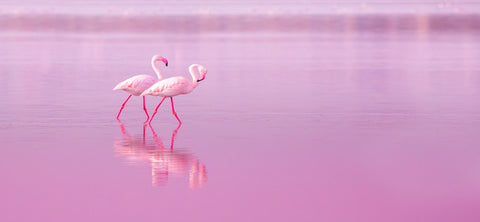
Want to incorporate some pink glitter in your life?
Beauty and Makeup: Embrace your inner rockstar with a glitter cut crease eyeshadow in a bold magenta pink or use softer hues like rose gold to add a touch of glamour to your everyday look. Feeling playful? Apply a touch of pink glitter to your cheekbones for a shimmering highlight, and who can go past a baby pink glitter lip for your next date night.
Craft Projects: add a touch of romance and whimsy to your homemade cards and scrapbooking by sprinkling a sweet pink highlight, or get your pals ready for a night on the town with some hot pink hair accessories or lolly pink jewellery. Want to bring the tranquility of a mesmerising sunset into your home? Paint a feature wall in the same soft, blended pink hues

So, the next time you see pink glitter sparkling, remember the science behind the magic. It's a colour steeped in history, symbolism, and endless creative potential. Let your imagination run wild and embrace the playful world of pink glitter!







